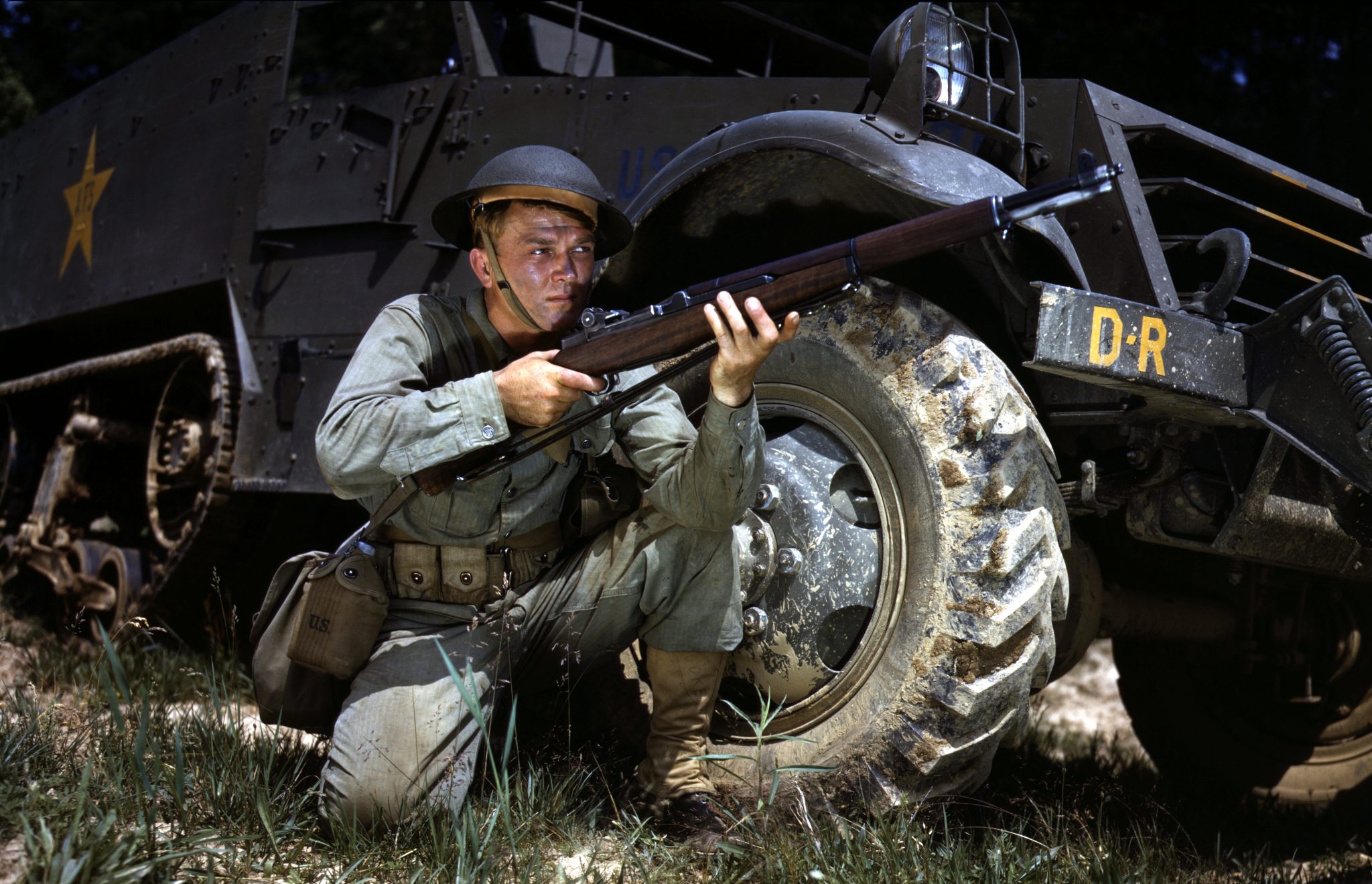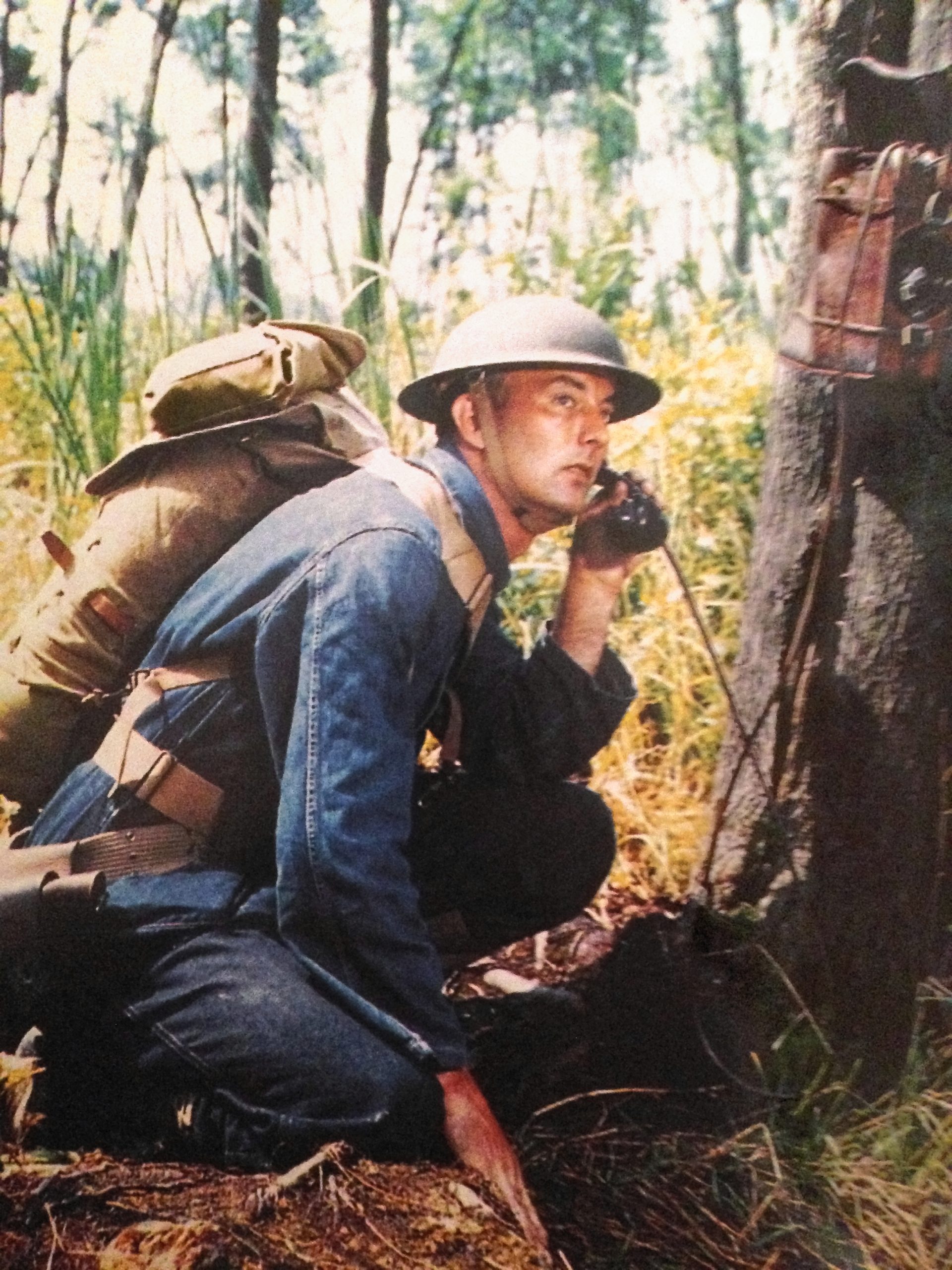During the American Civil War, haversacks have become very useful for the soldiers’ everyday life, allowing them to keep food rations, personal items, tools, and other articles they needed for survival. In World War II, haversacks still proved to be essential, with the M-1910 haversack becoming the standard pack for all U.S. infantrymen. It then evolved to the much better M-1928 haversack adopted in World War II. Though both haversacks were unpopular, their dearth led to the development of more efficient packs for the U.S. Army.
WW2 Haversacks
The first haversack, the M-1910 was widely used in World War I. It was a canvas sheet that is folded around the food supply, personal belongings, clothing, and other essential items. Its parts included the main pack, tail, adjustable straps, and the mess kit pouch. The adjustable straps kept the pack together, while the tail is intended to carry the bedroll. Attaching tabs are also provided for the shovel and the bayonet. Meanwhile, the mess kit pouch held all the cooking and eating utensils used by the soldiers.
In 1928, an upgraded version of the M-1910 was developed – the M-1928. However, the improved model was not ordered to be in production until a few months after the breakout of World War II.
Older haversacks were also still provided to the U.S. infantrymen until all stock was used up, which is why both the M-1910 and the M-1928 were carried by many soldiers ‘til the culmination of the Second World War, despite lighter, more efficient, and user-friendly packs were released in 1941 and 1945.
The WW2 M-1928 haversack featured quick-release buckles for attaching the cartridge and pistol belt. It also had eyelets intended for the attachment of the bayonet and the entrenchment tool. The mess kit pouch, which had pockets for the spoon, fork, and knife, had four back loops that passed through to the haversack flaps’ and kept in place using the underlying long straps. In its early production, these packs came in khaki color, but soon also released in the olive drab color, the standard shade used in the fighting uniforms and military vehicles of the U.S. forces in World War II.
Despite being the most extensively used packs in World War II, the Haversacks never really gained much popularity with the U.S. troops. Assembling and wearing them was incredibly complicated, which didn’t fit the fast-paced situation in the field. There were simply too many steps to follow and too many straps to thread. Thus, it also allowed too many ways to commit mistakes with its assembly.
Moreover, they were deemed to have limited space and were too unwieldy. The haversacks were not stable, causing the weight to shift from one side to another. It threw off soldiers’ balance, especially those assigned in the mountains, who had to do lots of climbing and skiing.
With all the woes from the haversack, the U.S. Army knew they needed a new pack that could solve all those issues. In 1941, they developed the more versatile M-1941 rucksack and its improved versions, the M-1944 and the M-1945 packs.
Many people today may have never heard of WW2’s Haversacks yet their dearth proved to be an avenue to create more fitting packs that helped the soldiers during the wars – same with other innovations from World War II that stem from the inadequacy of the previous versions and the yearning for even better solutions.

